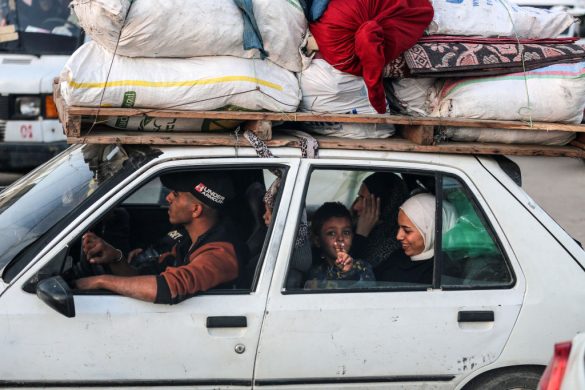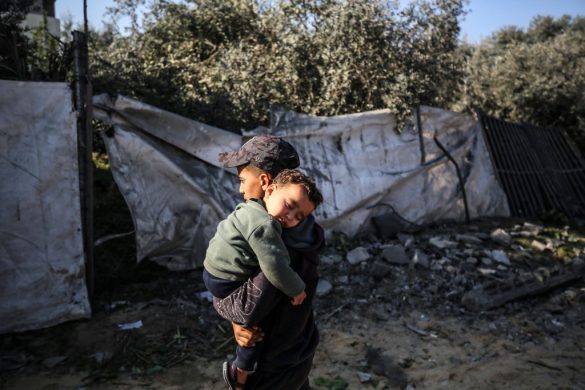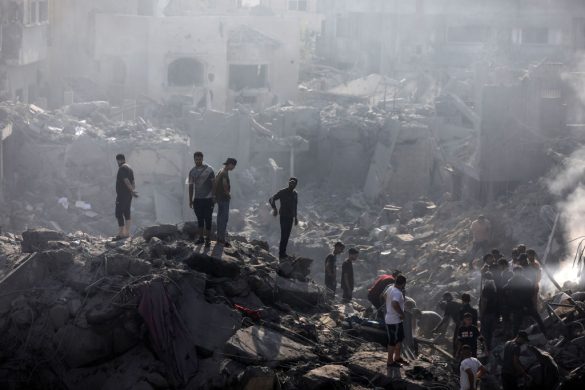Several Middle East countries which over the years had failed to prioritize disaster preparedness have established national databases and should now be able to estimate their level of risk and improve response, according to the UN International Strategy for Disaster Reduction (UNISDR) Secretariat.
Skriver IRIN News torsdag.
“The region is affected by several hazards: earthquakes, floods, landslides and drought. However, disaster risk reduction has not been a priority for governments until recently,” said Luna Abu-Swaireh, regional programme officer at the Cairo office of the UNISDR. “The commitment is relatively new [and] we have witnessed various progress levels in nations in the region, but overall it is still lower than global levels.”
Some progress has also occurred in policy development. “For the first time this region has a strategy for 2011-2020 that outlines a commitment to reducing risk and vulnerability for the Arab countries and populations by working on multi-hazard approaches, risk assessment, identification and enhancing capacity,” Swaireh told IRIN.
The region is at risk of earthquakes because the Jordan rift valley system extends from the Red Sea, through Palestine and north across the Dead Sea and Lebanon’s Beqaa Valley. About two-thirds of Jordan’s population, the entire population of Lebanon and a large urban population in Syria live within 50km of a fault line.
Læs videre på: http://www.irinnews.org/Report.aspx?ReportID=92812














